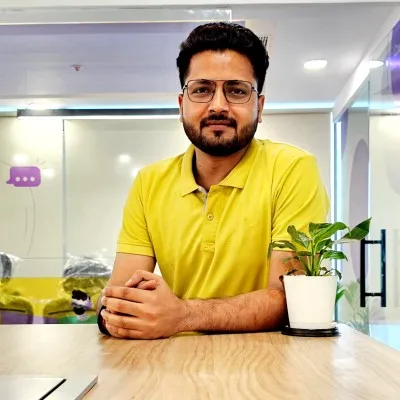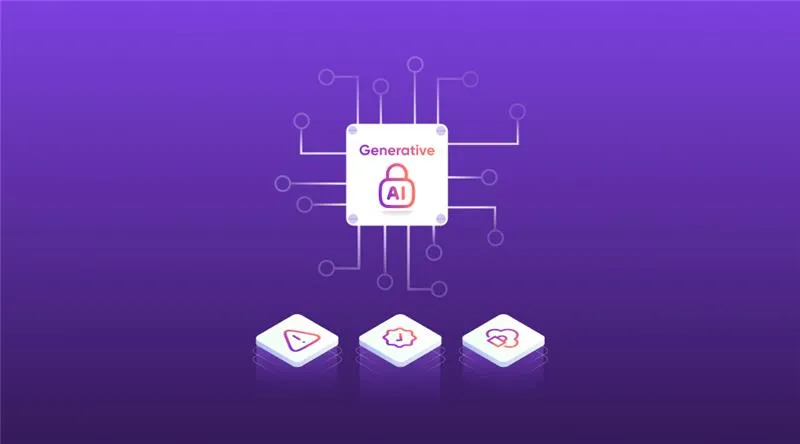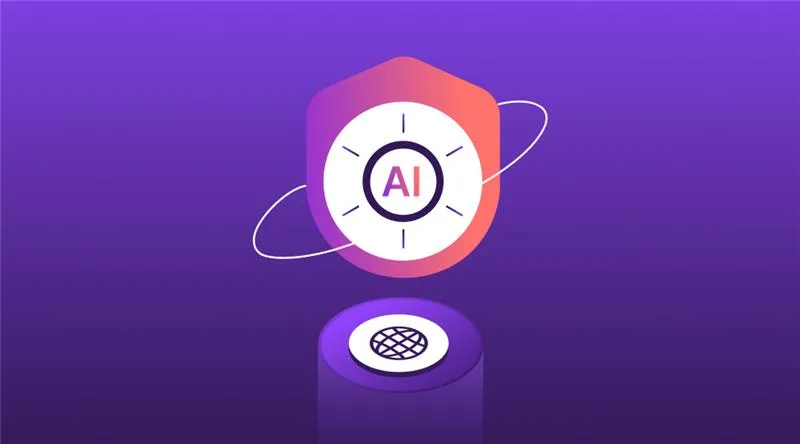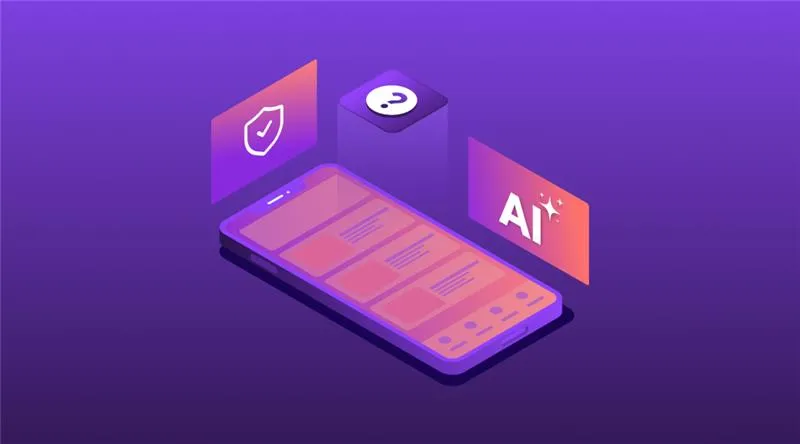Technology

8 min

This blog explores how to achieve affordable mobile app development without compromising quality. It covers the rising demand for mobile apps with stats, the associated cost factors, and strategies for choosing affordable mobile development, such as the right development platform, leveraging pre-built solutions, outsourcing, agile methodology, focusing on MVP, optimizing resources, and investing in QA. The goal is to guide businesses in developing high-quality apps within budget.

By Anupam Singh
17 Jul, 2024
Mobile apps have become an integral part of our lives in today's digital age. From social networking and shopping to banking and fitness tracking, there's an app for almost everything. For businesses, having a mobile app is not just a trend—it's a necessity. However, developing a mobile app can be costly, leading many to seek affordable development solutions. The challenge lies in finding a balance between cost and quality. This article delves into how businesses can achieve affordable mobile app development without compromising quality.
The demand for mobile apps has skyrocketed in recent years. With the increasing number of smartphone users, businesses are keen to tap into this vast market. In 2023, the global mobile application market was valued at USD 228.98 billion and is projected to grow at a compound annual growth rate (CAGR) of 14.3% from 2024 to 2030.
 Mobile apps offer a direct channel to engage customers, enhance brand visibility, and drive sales. However, the high development cost can be a barrier, especially for startups and small businesses. This is where affordable mobile app development services come into play.
Mobile apps offer a direct channel to engage customers, enhance brand visibility, and drive sales. However, the high development cost can be a barrier, especially for startups and small businesses. This is where affordable mobile app development services come into play.
Affordable app development means something other than cheap or low-quality apps. Instead, it focuses on delivering high-quality apps at a lower cost by optimizing resources and leveraging cost-effective strategies. It's about making smart choices to ensure you get the best value for your investment.
Before diving into strategies for affordable app development, it's essential to understand the factors that influence mobile app development costs:

The complexity and the number of features in an app are primary determinants of the development cost. Apps with basic functionalities, such as a simple user interface and limited features, are relatively inexpensive to develop. However, with advanced features like real-time synchronization, integration with third-party services, in-app purchases, and custom animations, the cost escalates correspondingly as the complexity increases.
Examples of feature complexity include:
The choice of platform—whether iOS, Android, or both—significantly affects development costs. Developing a single platform is generally less expensive than developing cross-platform apps. iOS and Android have different development environments, programming languages, and design guidelines, so creating native apps for both platforms will require separate development efforts.
Platform-specific considerations:
A well-designed user interface (UI) and user experience (UX) can significantly enhance an app’s appeal but also increase its cost. Custom, high-quality designs require more time and expertise than standard templates. Factors like animations, transitions, and responsive design elements further increase the development effort and costs.
Design considerations:
The size and expertise of the development team play a significant role in determining costs. A larger team with specialized roles—such as project managers, developers, designers, and QA testers—can deliver a high-quality product efficiently but at a higher cost. Conversely, a smaller team or individual freelancers might be more affordable but may take longer to deliver the same product and not provide the same level of expertise.
Team structure considerations:
The geographical location of your development team can significantly impact costs. Developers in North America and Western Europe typically charge higher rates than those in regions like Eastern Europe, India, or Southeast Asia. While outsourcing to these regions can reduce costs, it’s important to consider factors such as communication, time zone differences, and quality standards.
Location-based cost considerations:
The cost of developing an app doesn't end with its launch. Ongoing maintenance and updates are essential to keeping the app functional, secure, and relevant. Regular updates to fix bugs, add new features, and ensure compatibility with the latest operating systems incur additional costs. Planning for these expenses upfront helps manage the overall budget effectively.
Maintenance considerations:
Now that we understand the factors influencing costs let's explore strategies for achieving affordable app development without compromising on quality.

Before starting the development process, clearly define your app's objectives and requirements. Understand what you want to achieve with your app and outline the essential features. This clarity will help you avoid unnecessary features and functionalities that can increase costs. Having a well-defined scope also ensures that the development team understands your vision, reducing the chances of miscommunication and rework.
There are several approaches to mobile app development, each with its cost implications:
Pre-built solutions, templates, and open-source components can significantly reduce development time and costs. Many development frameworks offer pre-designed UI components and templates that can be customized to suit your needs. While these may provide a different level of uniqueness than custom designs, they are a cost-effective way to get your app up and running quickly, making affordable mobile app development achievable.
Outsourcing app development to regions with lower labor costs can save you considerable money. Countries like India, Ukraine, and the Philippines have a large pool of skilled developers who offer quality services at competitive rates. However, conducting thorough research and choosing a reliable development partner is essential to ensure quality and timely delivery.
The agile methodology emphasizes iterative development, where the app is built in small, manageable increments. This approach allows continuous feedback and improvements, ensuring the final product meets your requirements. Agile development helps identify and address issues early in the process, reducing the need for costly revisions later making it a cornerstone of affordable mobile app development.
Instead of launching a fully-featured app, consider starting with a Minimum Viable Product (MVP). An MVP includes only the essential features necessary to address the core problem. This approach allows you to test the market, gather user feedback, and make data-driven decisions for future development. Building an MVP is a cost-effective way to validate your app idea and make improvements without significant upfront investment.
Efficient resource management is crucial for affordable mobile app development. Ensure your development team is well-coordinated and equipped with the necessary tools and technologies. Avoid overstaffing and focus on hiring developers with a suitable skill set for your project. Proper resource allocation and management can prevent delays and reduce development costs, helping you achieve affordable app development without compromising quality.
While cutting corners on QA and testing to save costs might be tempting, this can be a costly mistake in the long run. Bugs and performance issues can lead to a poor user experience, negative reviews, and higher maintenance costs. Invest in thorough testing to ensure the app functions smoothly across different devices and operating systems. Automated testing tools can streamline the process and reduce manual effort.
Planning for scalability and future enhancements is crucial when developing an app. A scalable architecture ensures your app can handle increasing user loads and new features without significant rework. Planning for future enhancements also helps you budget effectively and avoid unexpected costs.
Effective communication between you and your development team is essential for successful app development. Regular updates, feedback sessions, and clear documentation help ensure that everyone is on the same page. Miscommunication can lead to misunderstandings, delays, and additional costs. Use collaboration tools to facilitate seamless communication and project management.
Affordable mobile app development is not about cutting corners or settling for less. It's about strategically optimizing resources and achieving the best possible outcome within your budget. By defining clear objectives, choosing the right development approach, leveraging pre-built solutions, outsourcing smartly, adopting agile methodology, focusing on MVP, optimizing resources, investing in QA, planning for scalability, and maintaining open communication, businesses can develop high-quality mobile apps without breaking the bank.
In the ever-evolving world of mobile technology, staying competitive requires innovation and smart investment. Affordable mobile app development services provide an excellent opportunity for businesses to enter the mobile market, engage customers, and drive growth without compromising quality. By following the strategies outlined in this article, you can confidently embark on your mobile app development journey, knowing you can achieve excellence within your budget.
The minimum app development budget typically ranges from $10,000 to $20,000. This budget can cover a simple app with basic features and functionality, often developed by a small team or freelancers. Remember that this is a starting point; costs can increase with added complexity, custom designs, and additional features.
Developing a mobile app can cost anywhere from $20,000 to over $200,000. Simple apps with basic functionality may be on the lower end, while complex apps with advanced features, custom designs, and integrations can push costs into the higher range. The overall cost is significantly affected by platform choice, development team location, and ongoing maintenance.
The cheapest way to build an app is to use DIY app builders or templates, which can cost as little as a few hundred dollars. These platforms offer pre-built components and drag-and-drop interfaces, making creating basic apps without extensive coding knowledge easy. While cost-effective, these solutions may need more customization and scalability than a fully custom-built app.
App development is expensive due to several factors: the complexity of features, the need for custom designs, platform-specific requirements, and the expertise required from a skilled development team. Additionally, thorough testing, quality assurance, and ongoing maintenance contribute to the overall costs. Each step of the development process requires time, effort, and resources, driving up the total investment needed.
Top 9 Tech Stacks for Scalable Web Application Development
By Dhruv Joshi
5 min read
Generative AI Implementation Strategy: From Concept to Deployment (Step-by-Step Guide)
By Sannidhya Sharma
5 min read
How to Design a Web App: From Wireframes to Working Prototype
By Dhruv Joshi
5 min read
How Much Does Generative AI Development Cost in 2026?
By Dhruv Joshi
5 min read

Technology

7 min
Generative AI is moving fast into enterprises, from banks to hospitals to government agencies. Adoption is rapid, but security planning lags. Unlike traditional systems, these models can be exploited through prompt injection, poisoned data, or manipulated to leak sensitive information. They are also misused for phishing, deepfakes, and malicious code.


Technology

7 min
AI-powered Web Application Firewalls (WAFs) go beyond static rules by using machine learning, anomaly detection, and predictive analysis to block zero-day threats, reduce false positives, and protect APIs at scale. Unlike traditional WAFs, they self-learn, adapt in real time, and cut operational costs while improving compliance and trust.


Technology

5 min
AI is redefining mobile app security by transforming how threats are detected, tested, and prevented. From continuous monitoring and fraud detection to compliance with regulations, AI ensures apps remain resilient against modern risks. This means safer apps, protected users, and stronger businesses. Investing in AI-driven security today builds trust, drives growth, and secures long-term competitive advantage.


Feeling lost!! Book a slot and get answers to all your industry-relevant doubts